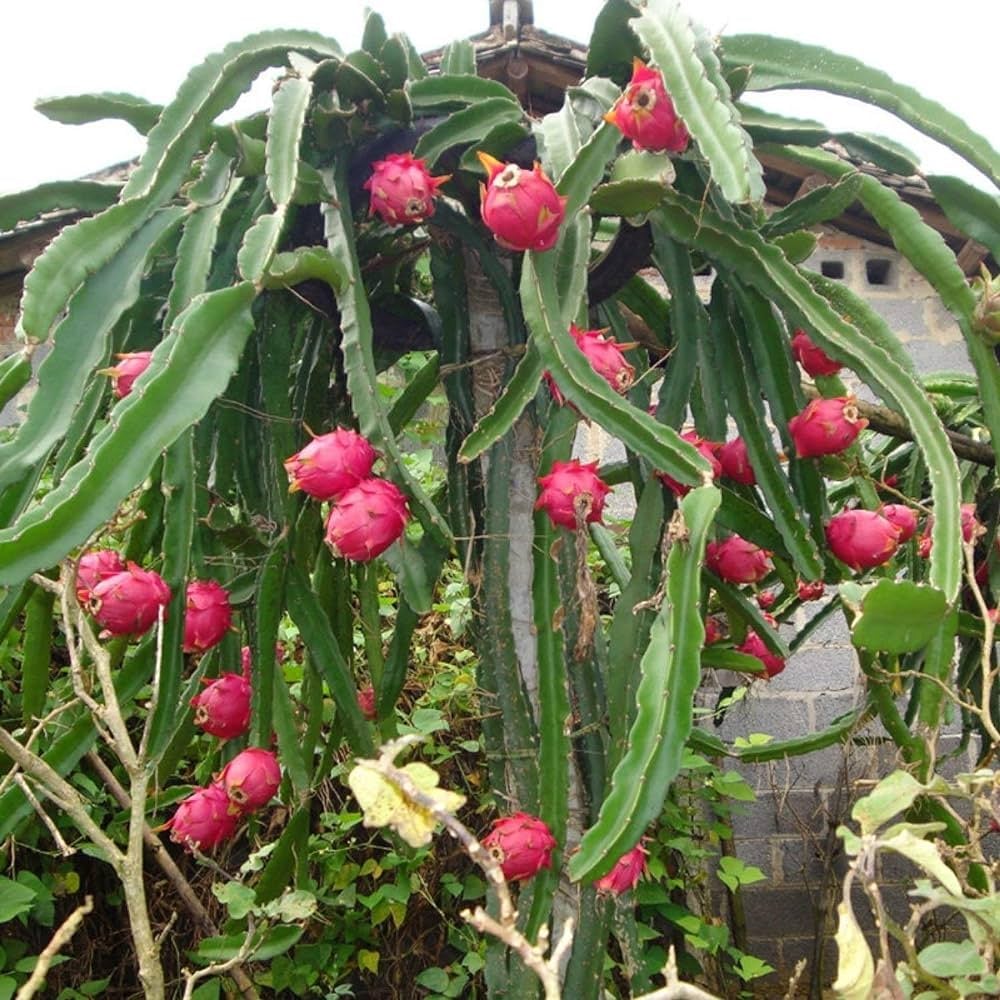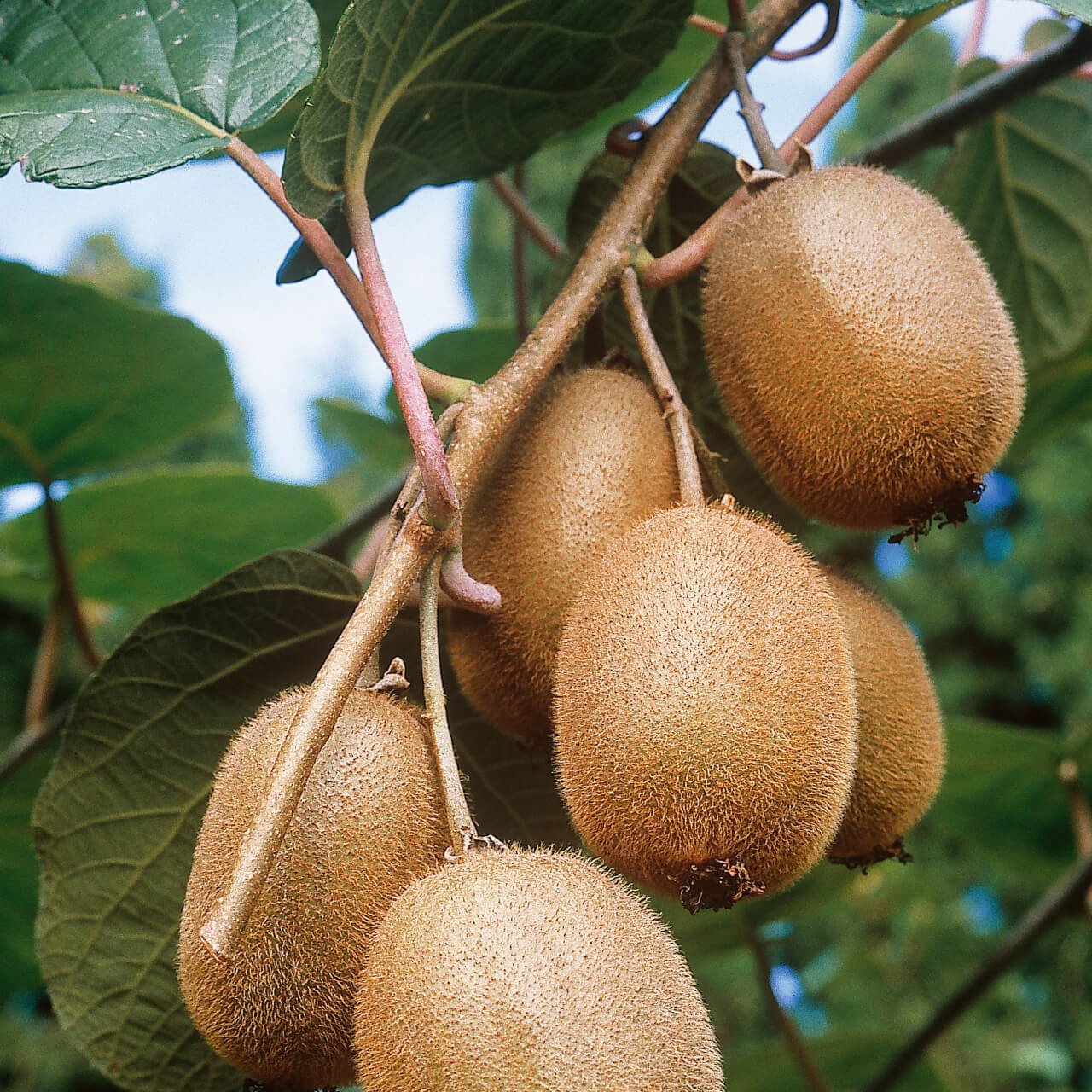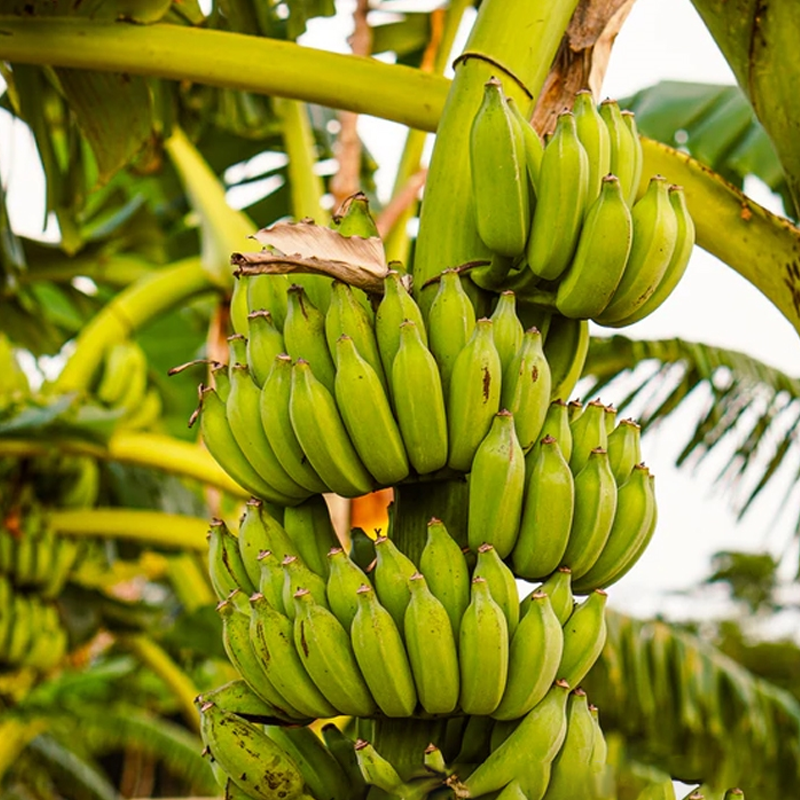


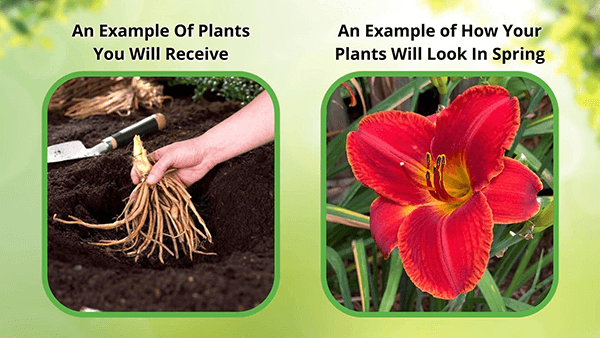
Coneflower Echinacea
Drought-tolerant and low maintenance
Enhances garden biodiversity
Ideal for cut flower arrangements
Thrives in
ZONE 3ZONE 4ZONE 5ZONE 6ZONE 7ZONE 8ZONE 9This plant ships:
Ships Now (5-7 Days)Coneflower Plant - Echinacea Purpurea The Pollinator Plant of Choice
Coneflower Echinacea plants offer an effortless way to add beautiful color and attract pollinators and songbirds to your garden; consider adding them. Also known by their genus, Echinacea, are a North American perennial.
They grow as wildflowers in the eastern United States and are members of the Asteraceae (daisy) family. While various colors can be seen within the different species, the plant is the most popular in home gardens and flower beds.
Coneflower Echinacea Attracts Hummingbirds and Monarchs
This native perennial has large blooms and dark green elliptical leaves with a rough texture. The foliage usually has a hairy surface, and prickly stems create a naturally deer-resistant surface. The low-maintenance plant grows quite readily. The blooms thrive in a spot with full sun exposure. They attract many pollinators, including birds that eat the seeds, bees, hummingbirds, and monarchs.
Hardiness planting zones are 3-9, making it a super easy plant to grow and thrive almost anywhere you plant it. They thrive in the sun and are drought-tolerant.
Soil, Planting, and Sun Requirements of The Echinacea Plant
While rich soil with a neutral pH is preferable, these placid plants will readily grow in sand, rock, or clay soil. Depending on the variety, they can grow between two and four feet in height. Plants should be planted in early spring after the last frost. Space plants one to three feet, based on the specific species' maximum maturity height. Their stunning blooms peak mid-summer and last through until the first frost.
This hardy perennial favorite is drought-tolerant and can withstand fluctuations in seasonal temperatures and humidity levels. However, it should be occasionally watered during prolonged drought. The native Indians used echinacea in everyday life, and it is still used in science today.
A Flower Garden's Most Colorful Staple is the Coneflower
Coneflowers make a truly spectacular addition to home gardens and flower beds. The ease of growing, minimal maintenance, health benefits, and beauty make them a winning choice. As a bonus, you can enjoy watching the butterflies, birds, and bees that will be attracted to the colorful deep blooms.
They have seed head pods on them that the birds feast from, and in late Fall, the seeds fall from the plant as it goes into a dormant cycle and reseeds itself. At TN Nursery,our plants are mature in age and height and make an excellent addition to any landscaping.
This Is How Your Plants Will Look upon Delivery
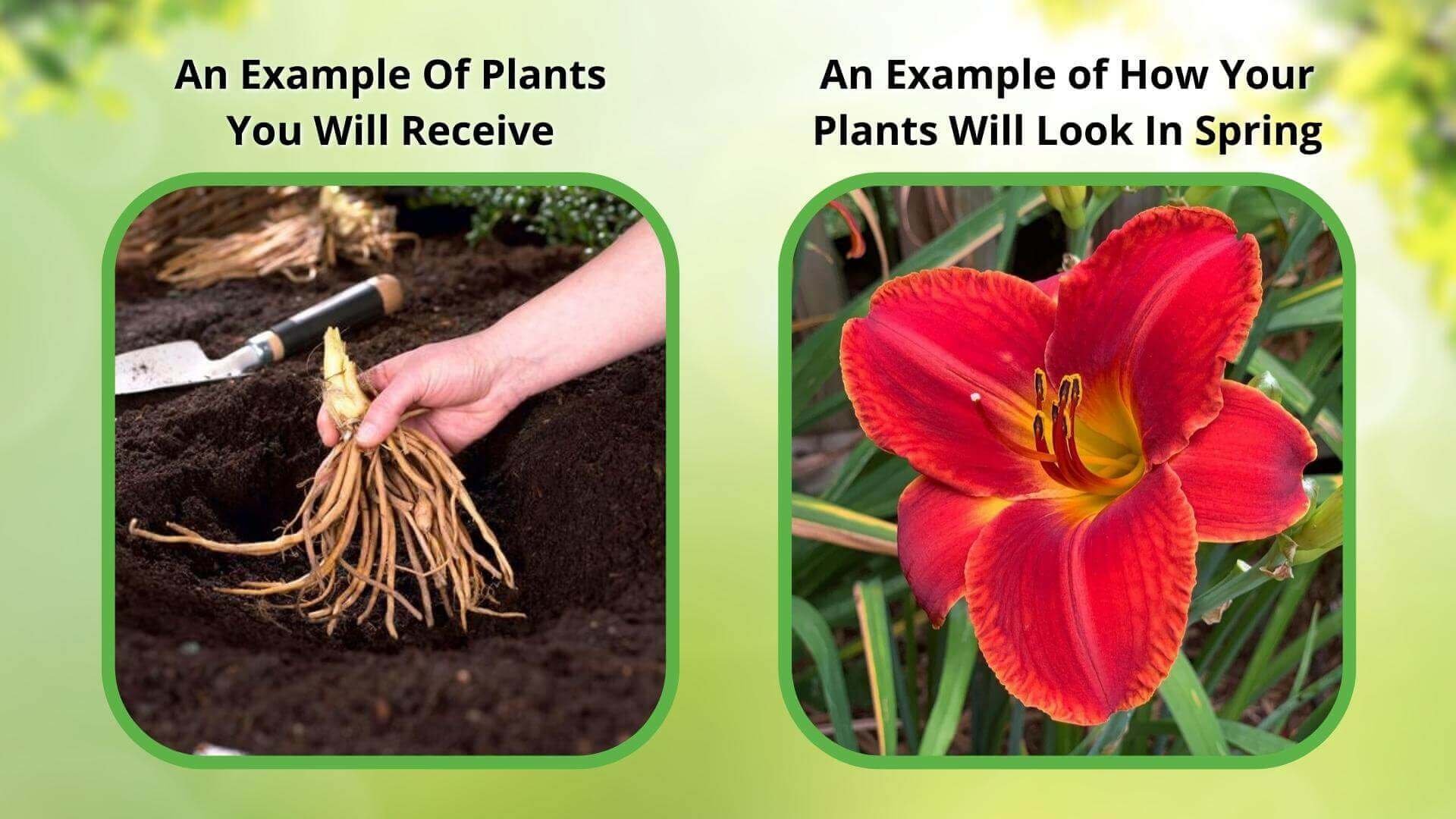
Bloom Season
Fall
Bloom/Foliage Color
Purple
Height at Maturity
Over 12"
Care
Coneflowers are low-maintenance perennials that thrive in various soil types. They need regular watering, especially during dry spells. Deadhead spent flowers and trimmed them back in late fall to encourage continuous blooming. They are resistant to most pests and diseases.
Plant Reproduction
Coneflowers can reproduce by scattering their seeds.
Shipping date depends on the date displayed and chosen when you order from the product's page.
We only accept returns on plants verified dead. If you think your plants have died, we offer a 1 year warranty, please use this File a Claim Link to verify dead plants and start with return warranty process.





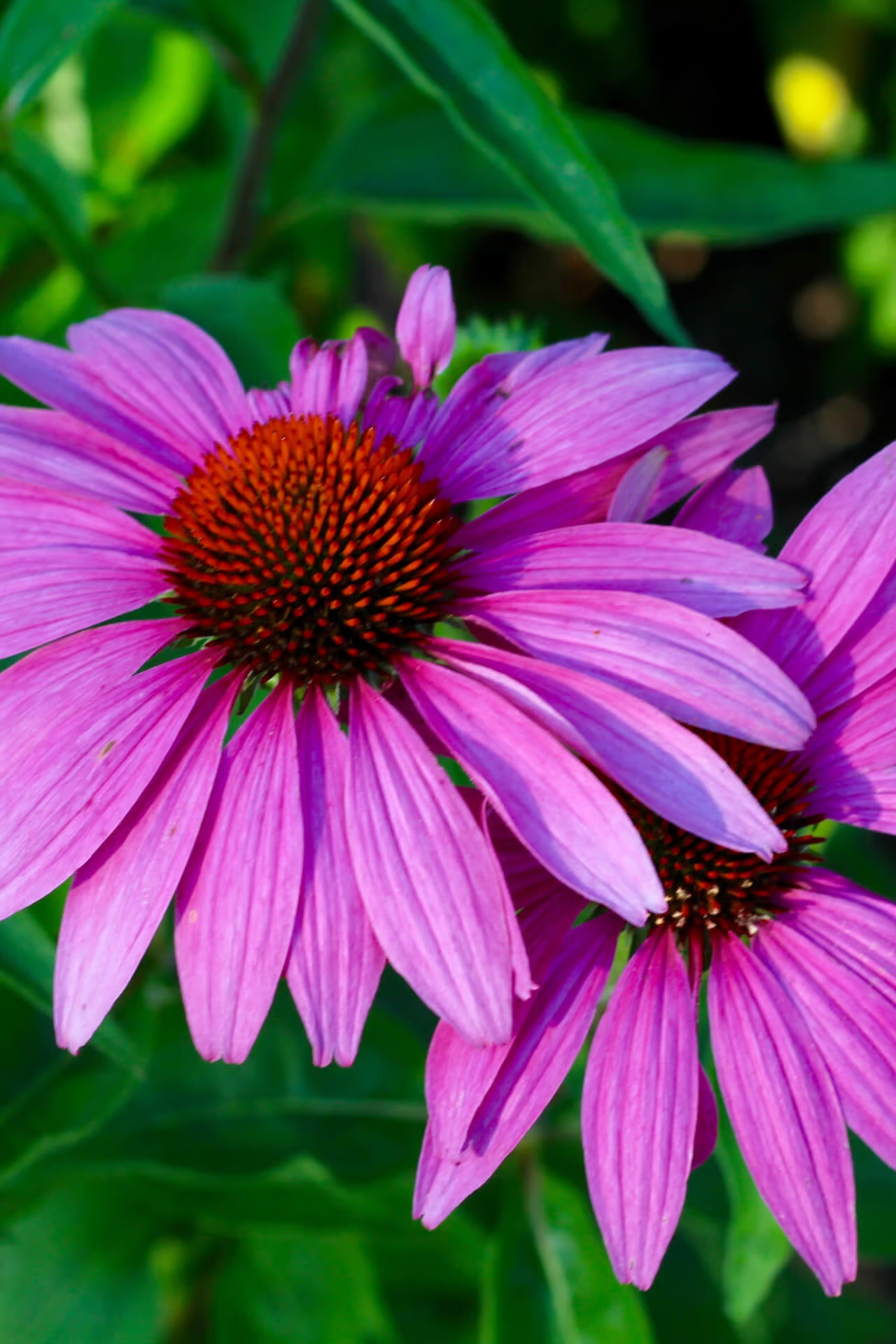
Extended Bloom Time:
Enjoy continuous color throughout the growing season with Coneflowers. Their vibrant flowers last from summer to fall, and their seed heads offer visual interest even in winter.
Wildlife Friendly:
Coneflowers attract pollinators and provide seeds that nourish birds in the winter. They contribute to a garden that supports diverse wildlife throughout the year.
Eye-Catching Colors:
Coneflower plants boast daisy-like flowers in vibrant pinks and purples, adding a burst of color to any garden. Their long-lasting blooms light up your outdoor space from summer through fall.
Garden Versatility:
Whether used in borders, beds, or containers, Coneflowers fit seamlessly into any garden design. Their adaptability makes them a versatile choice for enhancing various garden styles.
Caring Tips
How do I care for my Coneflower Echinacea?
Each box contains detailed care instructions and information about your product. But here's the basics.
Care Tips
Coneflowers are low-maintenance perennials that thrive in various soil types. They need regular watering, especially during dry spells. Deadhead spent flowers and trimmed them back in late fall to encourage continuous blooming. They are resistant to most pests and diseases.
Light Requirements
Coneflowers thrive in full sun, requiring at least 6 hours of direct sunlight daily. They can endure light shade, specifically in hotter climates, but optimal blooming occurs with ample sunlight. Ensure well-draining soil for best results.
Hardy Planting Zones
3 • 4 • 5 • 6 • 7 • 8 • 9
Header
Use this content to share information about your store and products.
Frequently Asked Questions
How often should I water my plants?
How do I know if my plant is getting too much or too little sunlight?
What should I do to prepare my plants for winter?
What are the signs that my plant needs fertilizing?
How can I prevent pests from damaging my plants?
How do I choose the right plant for my climate zone?



